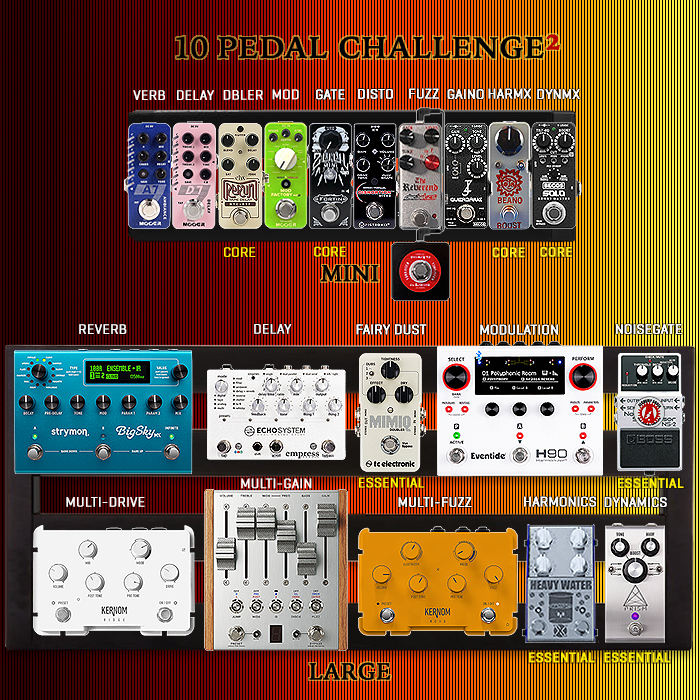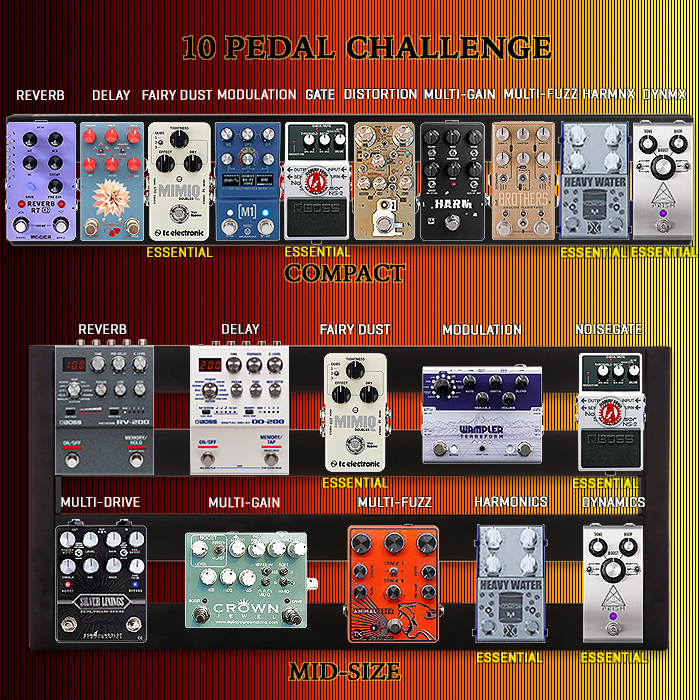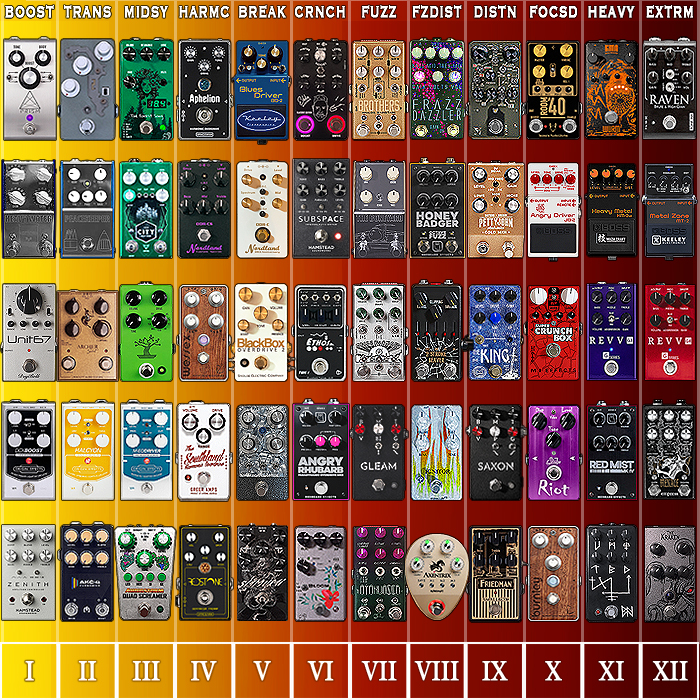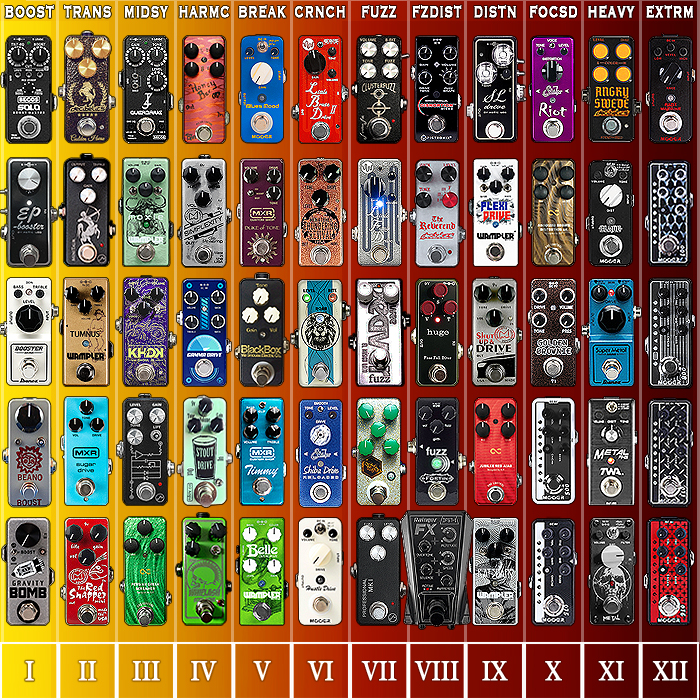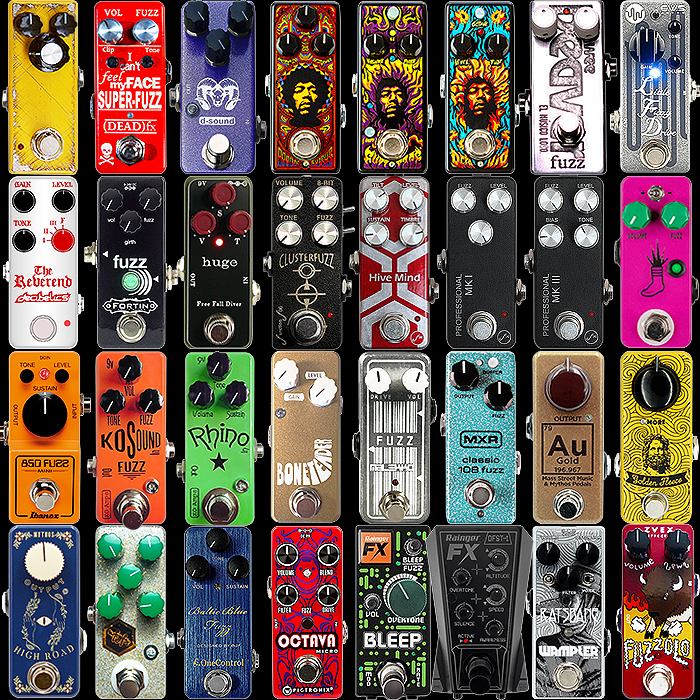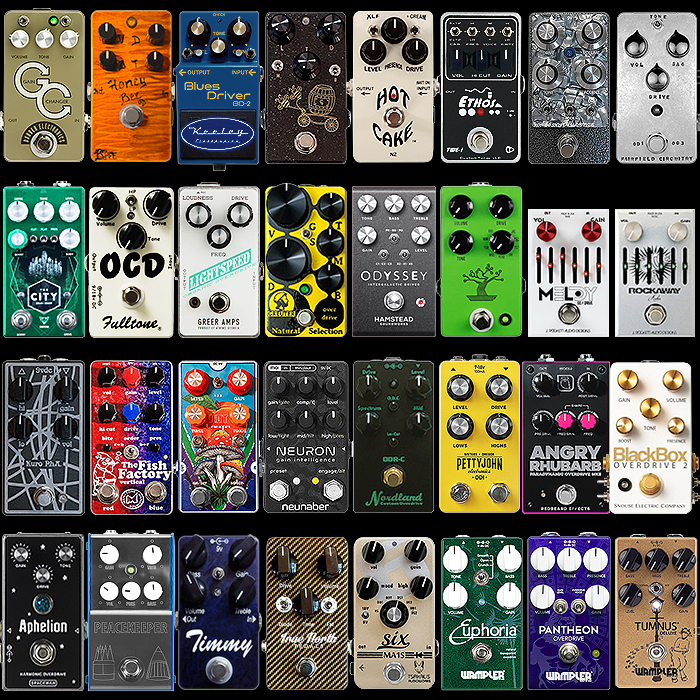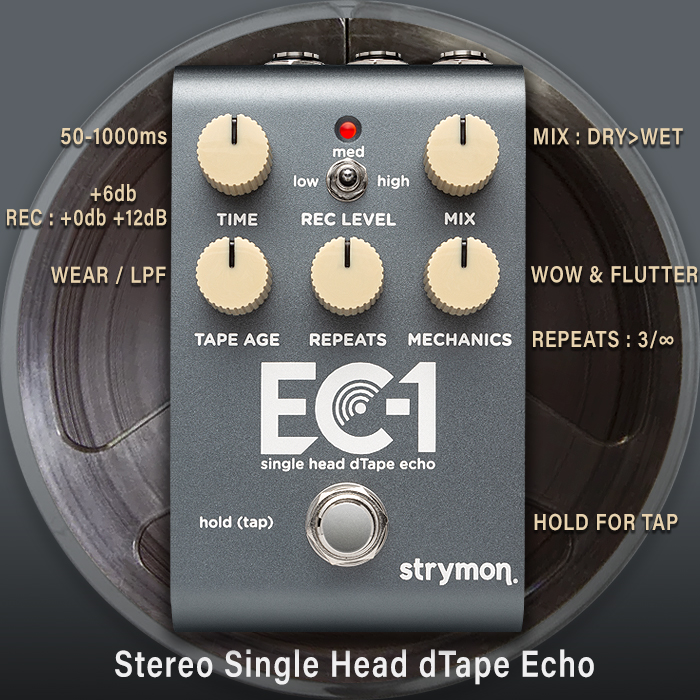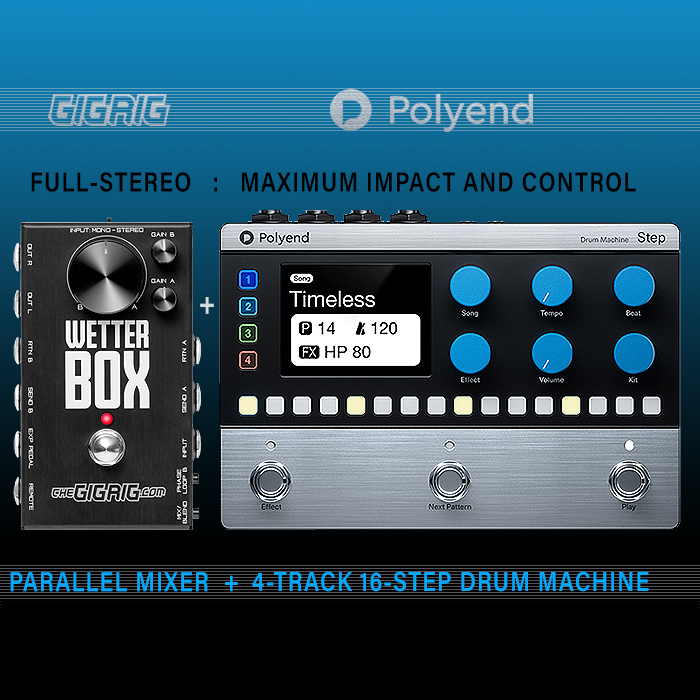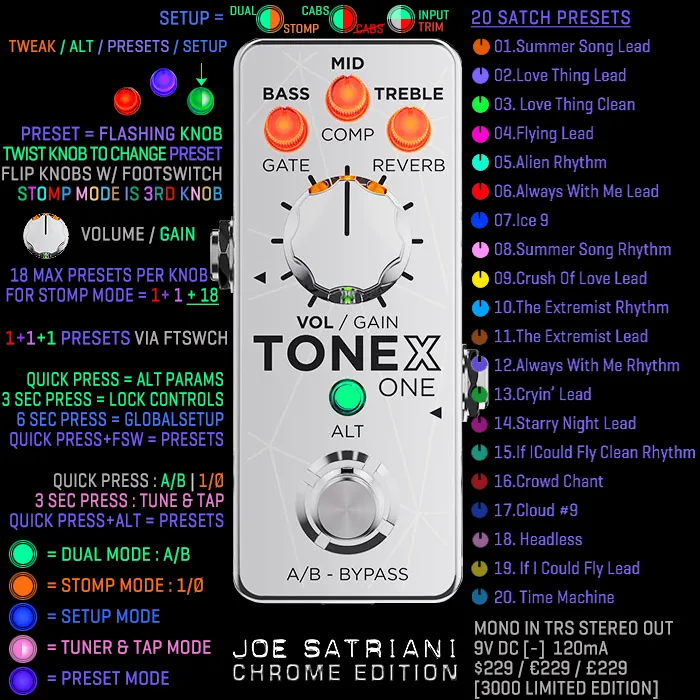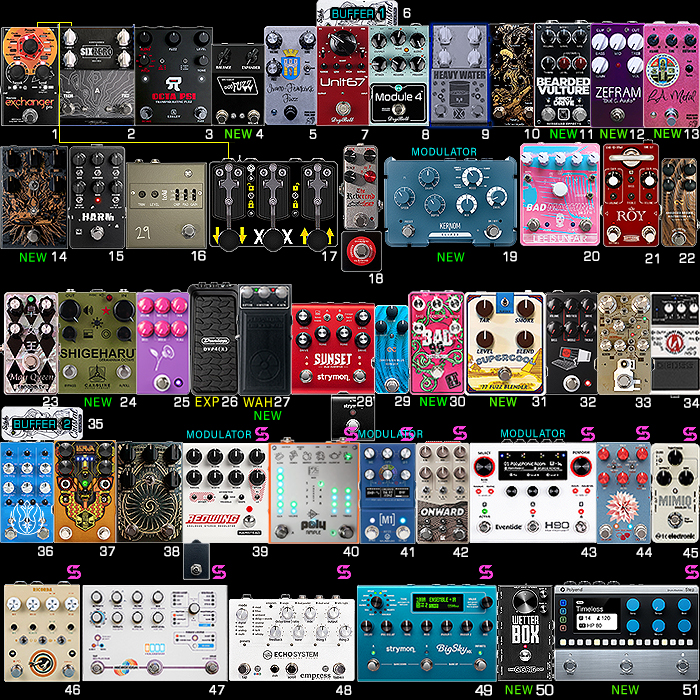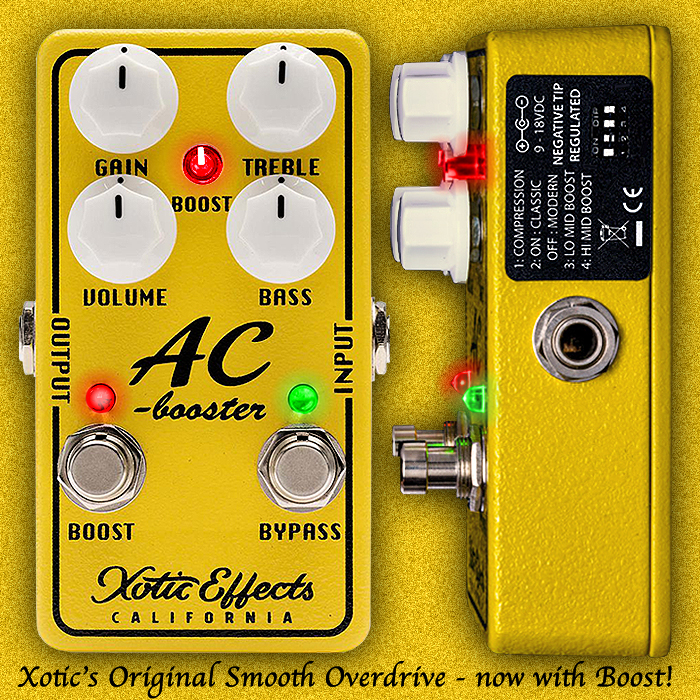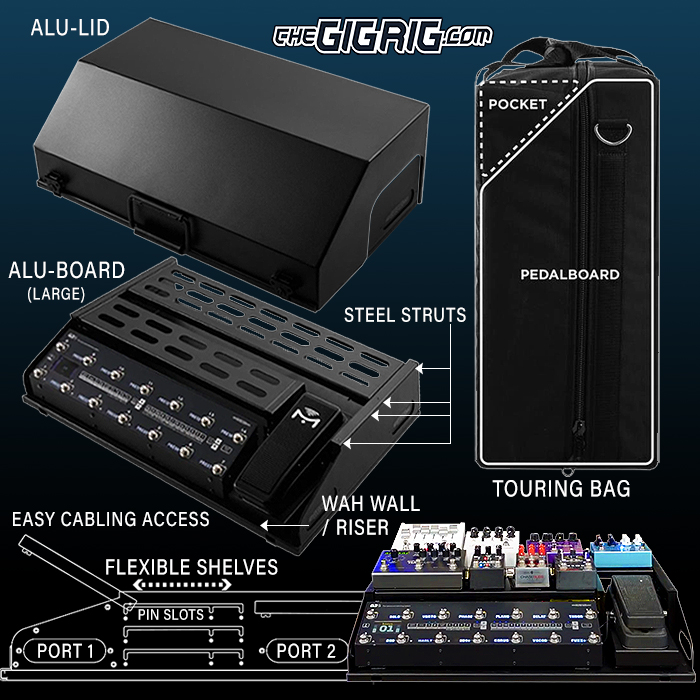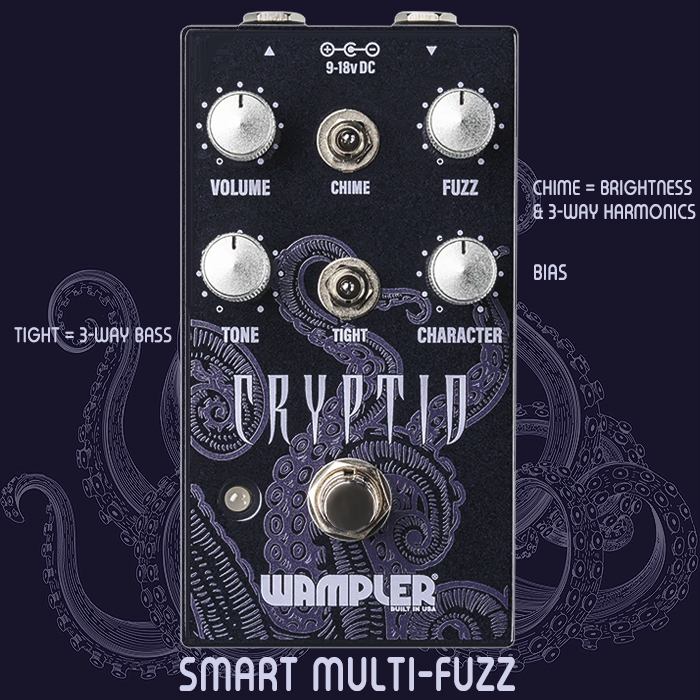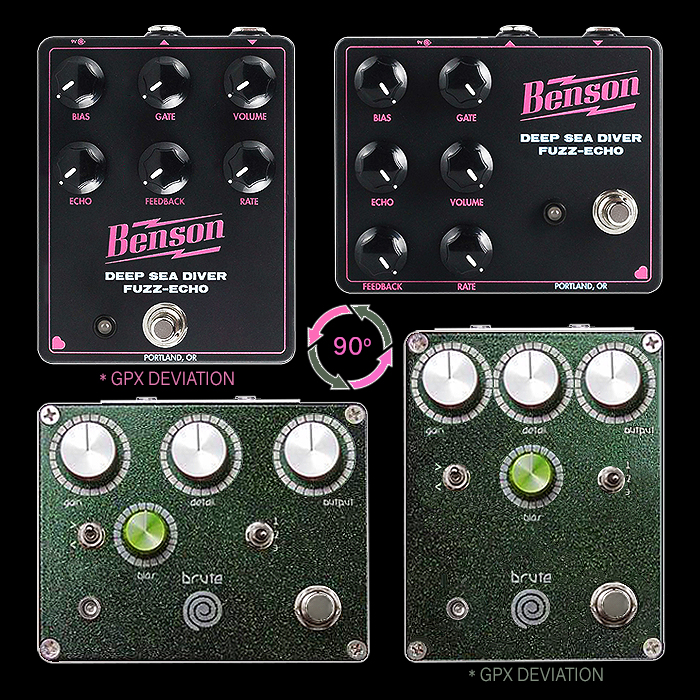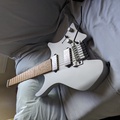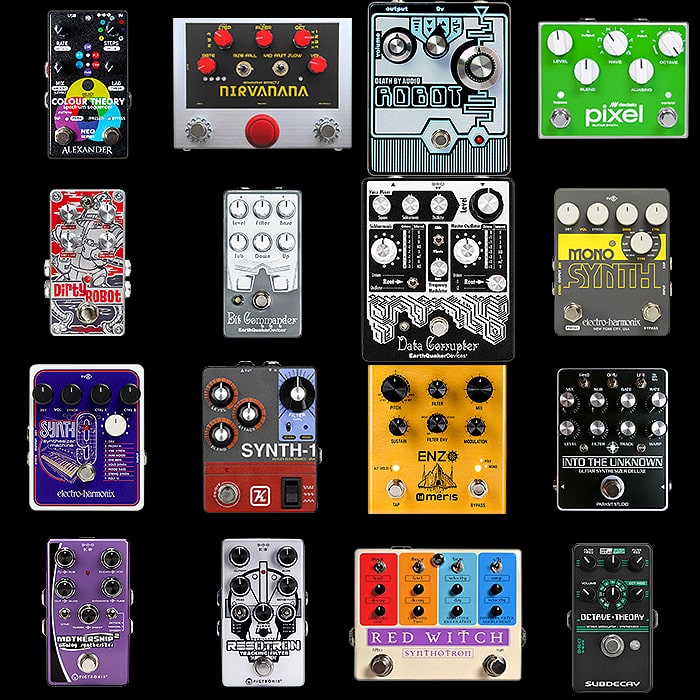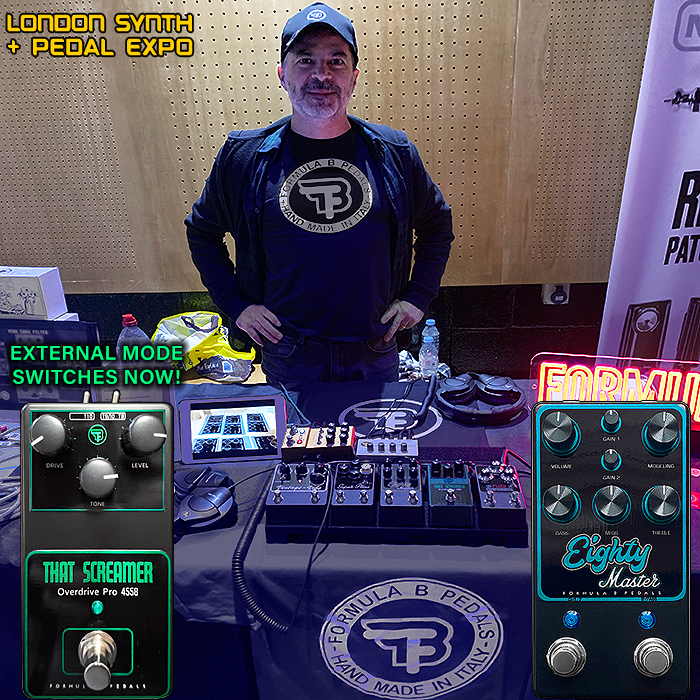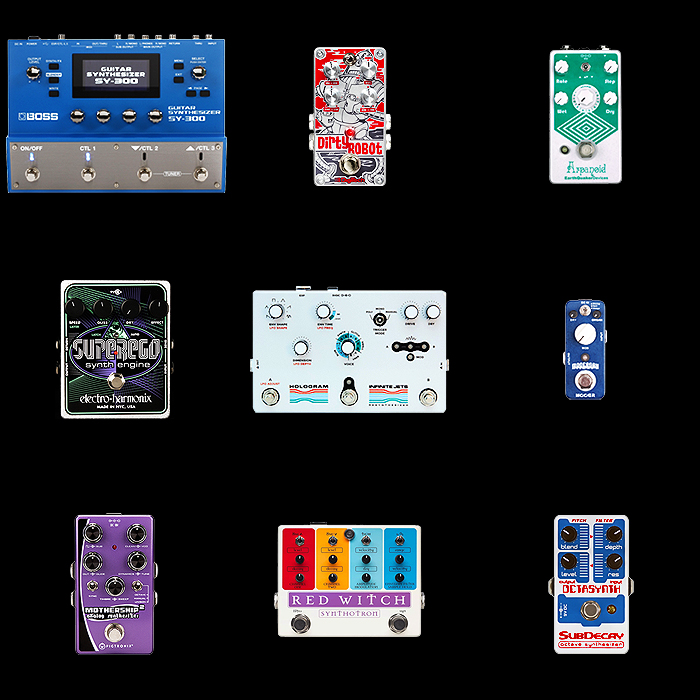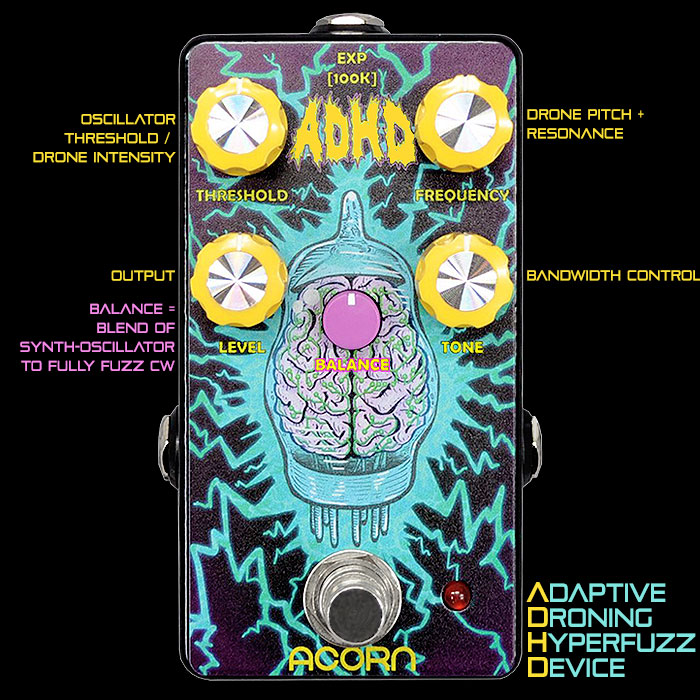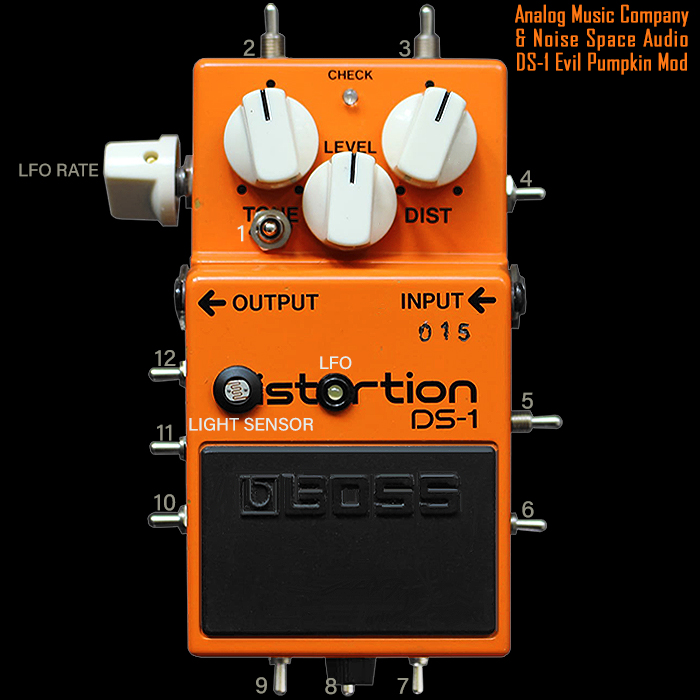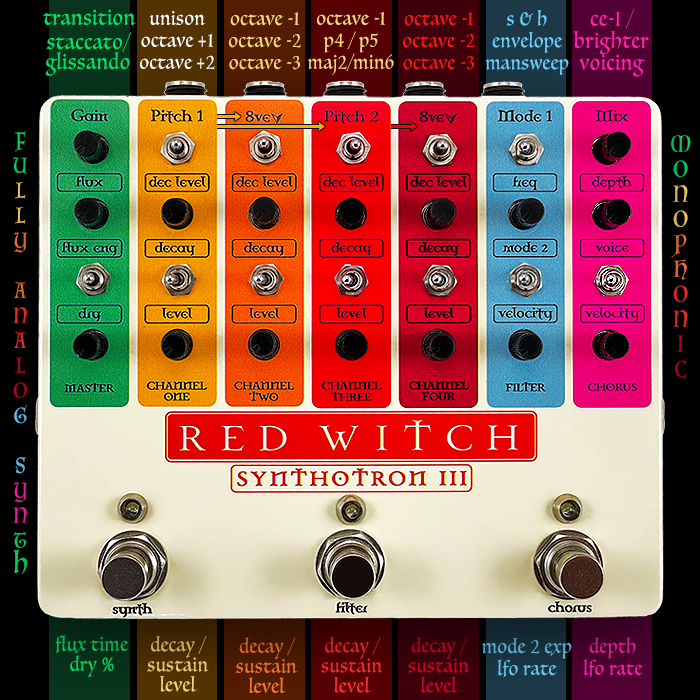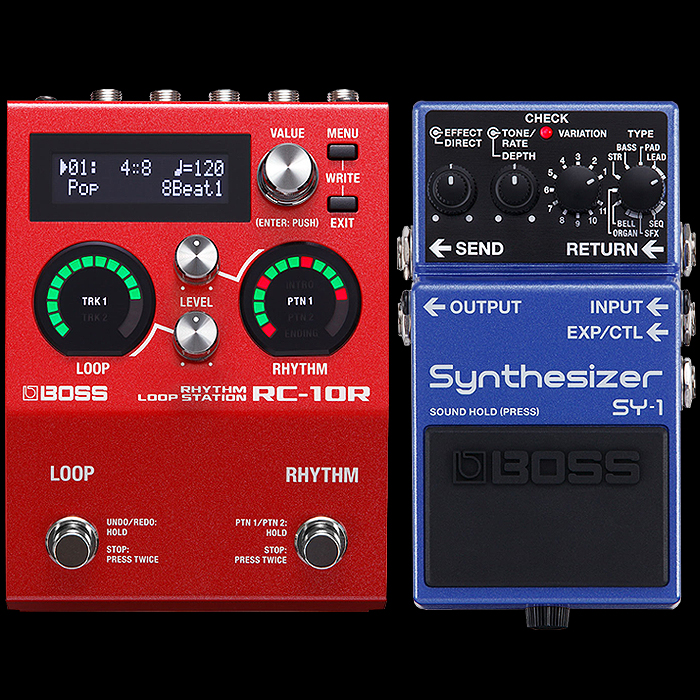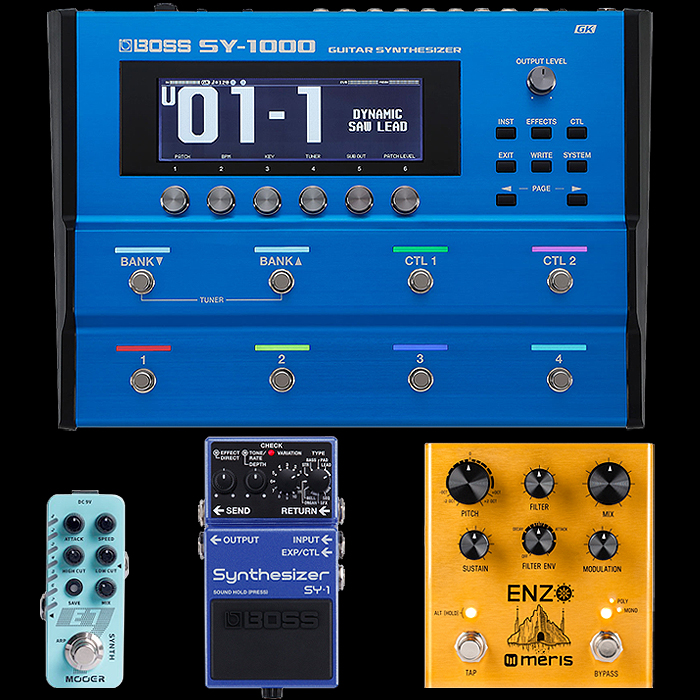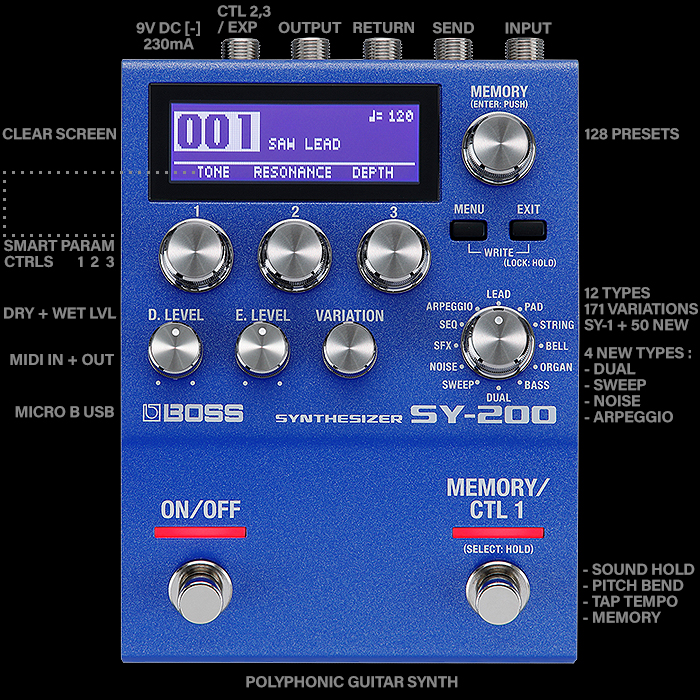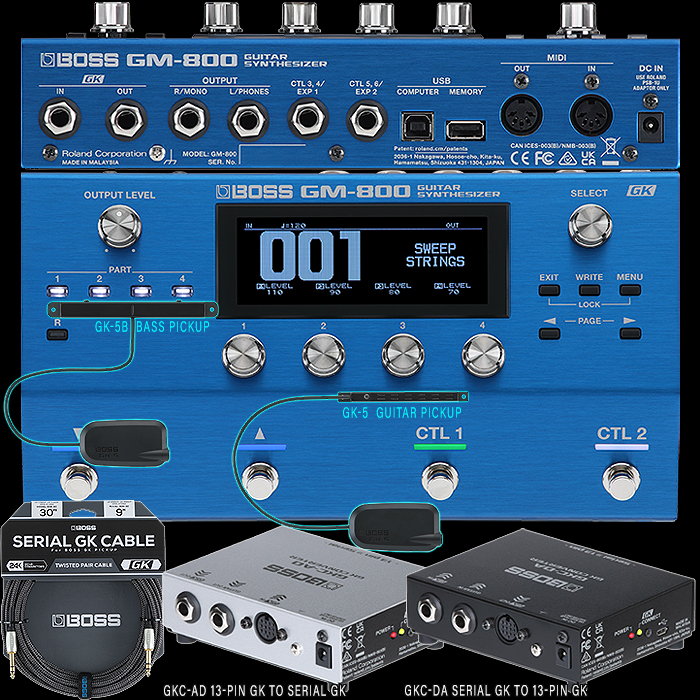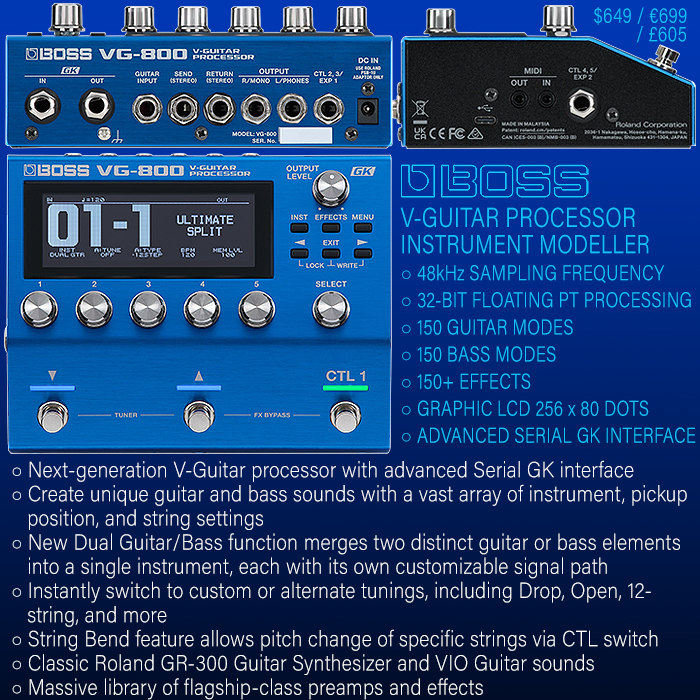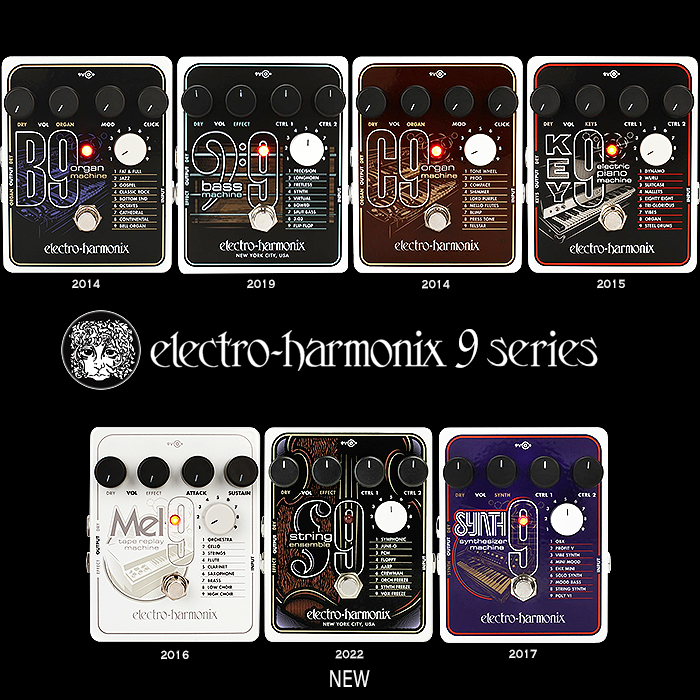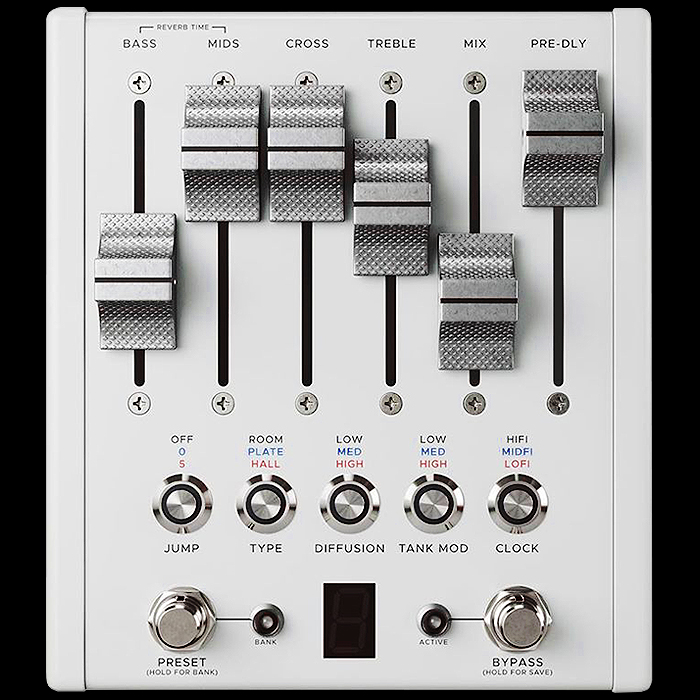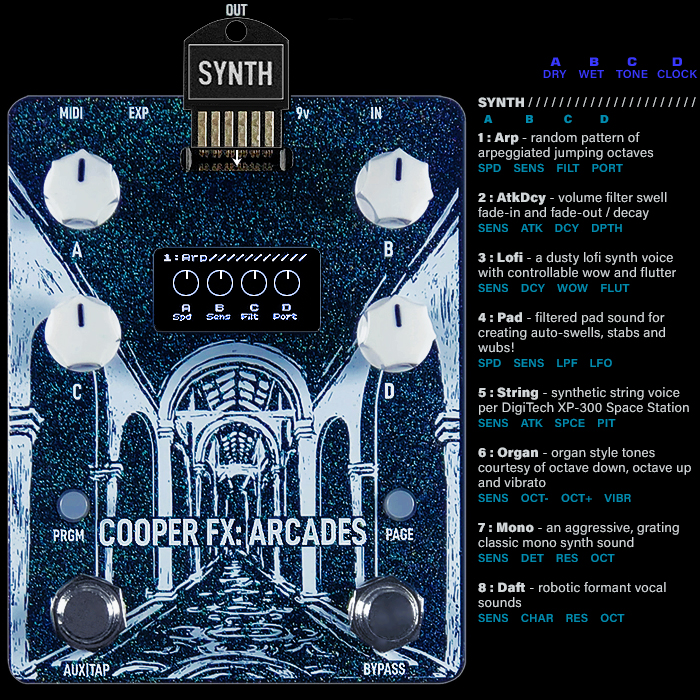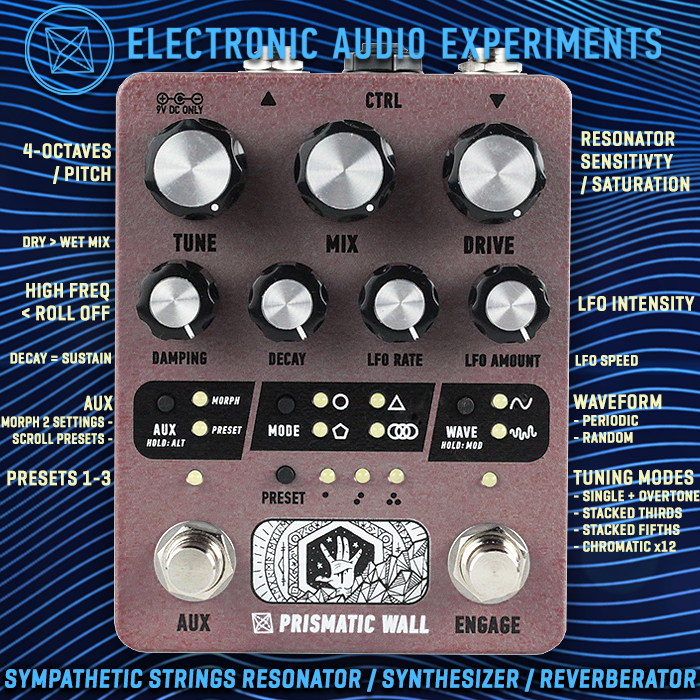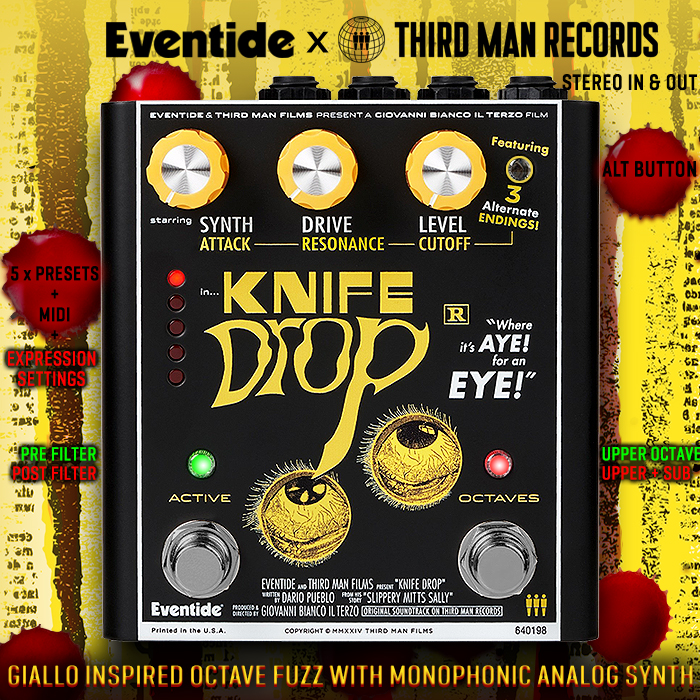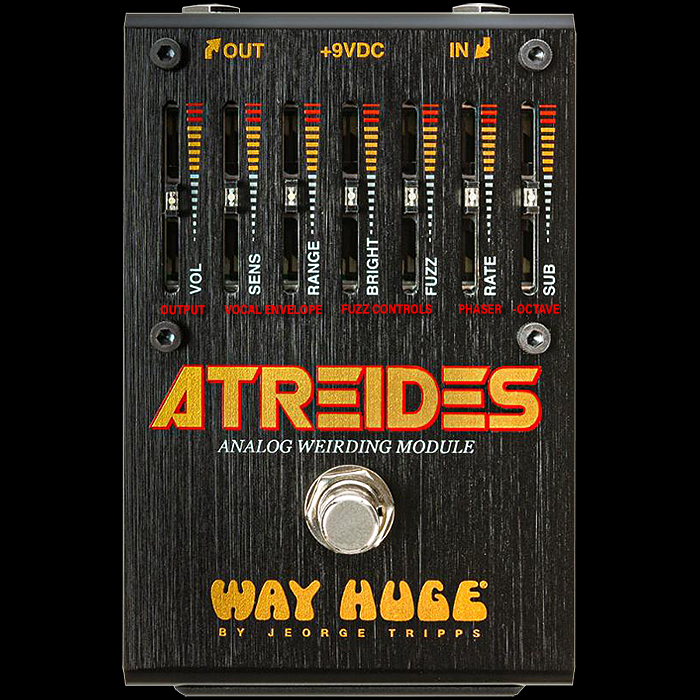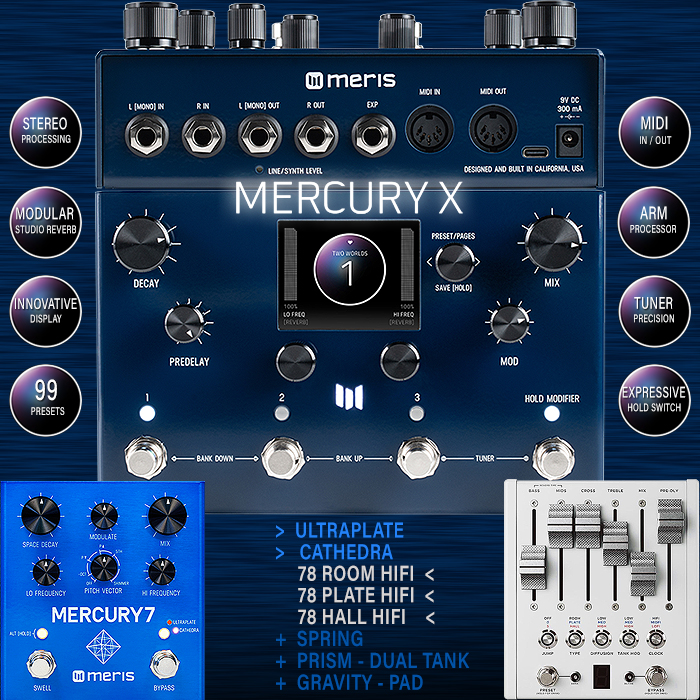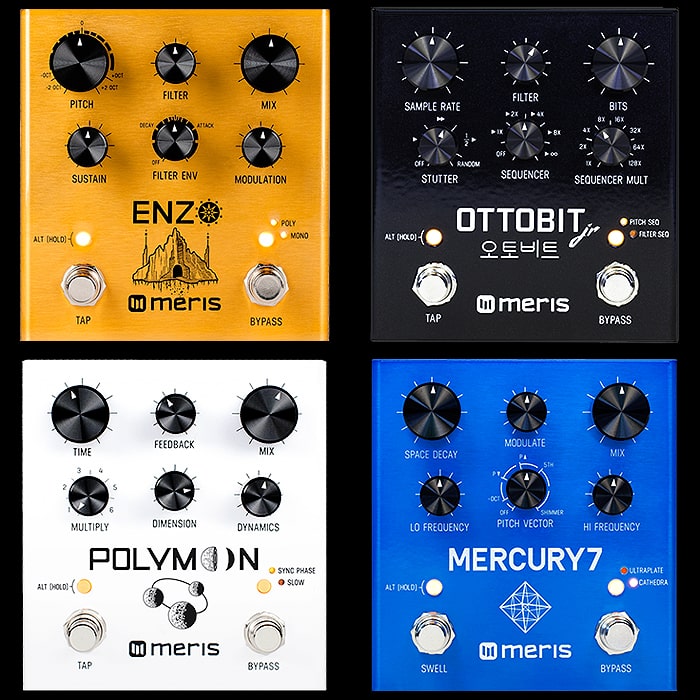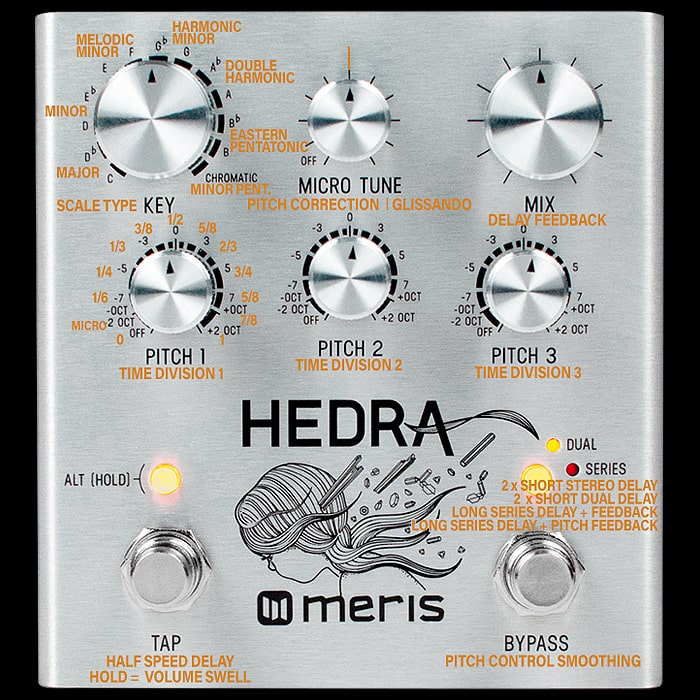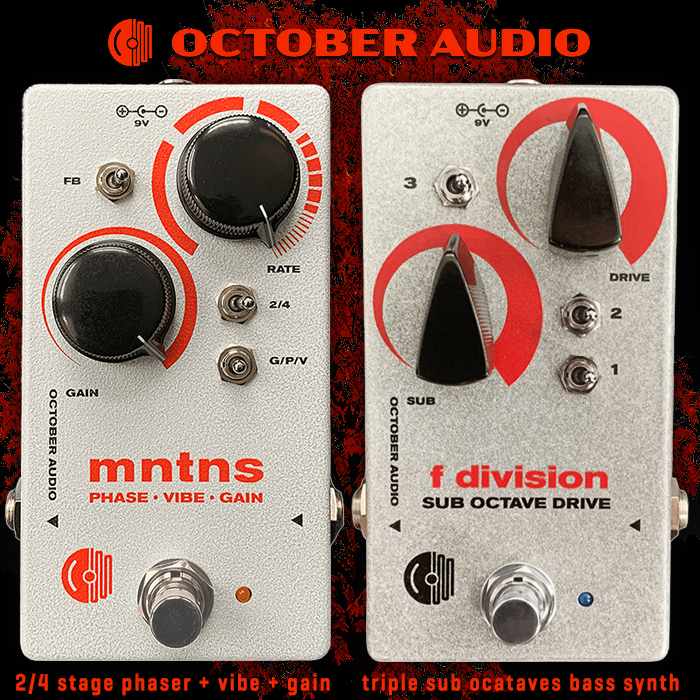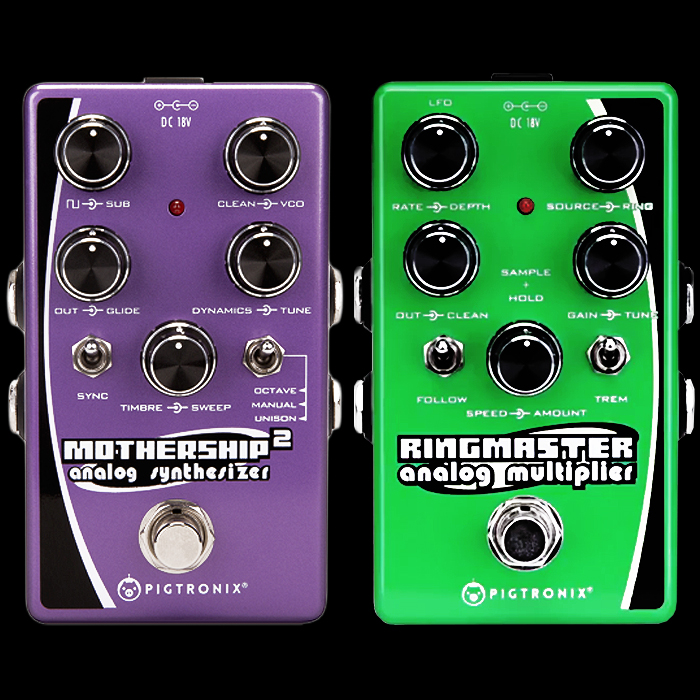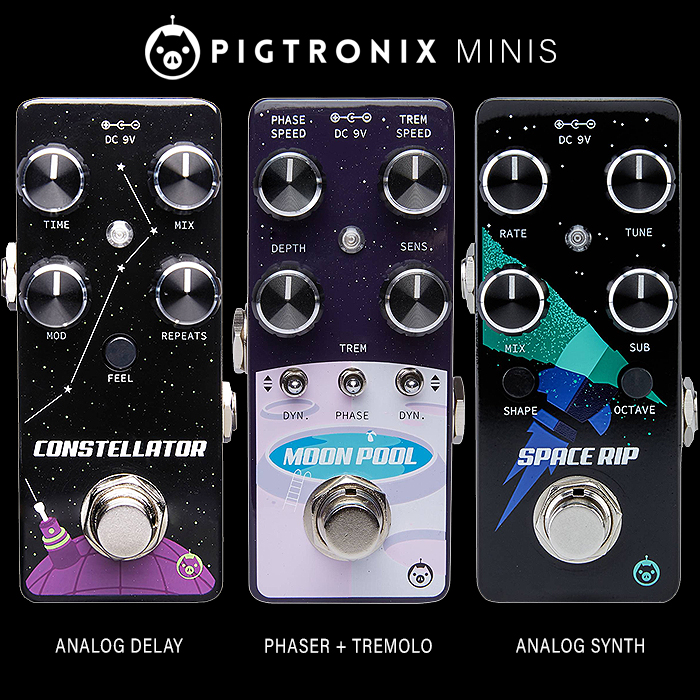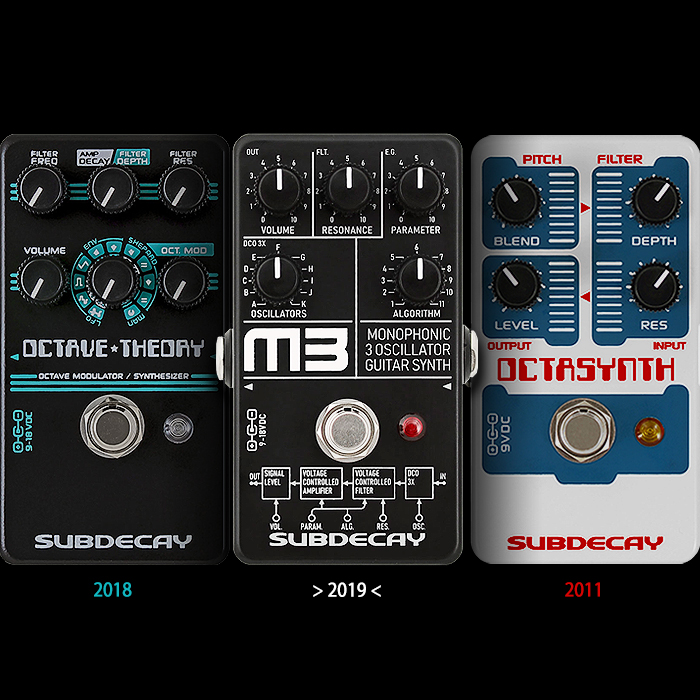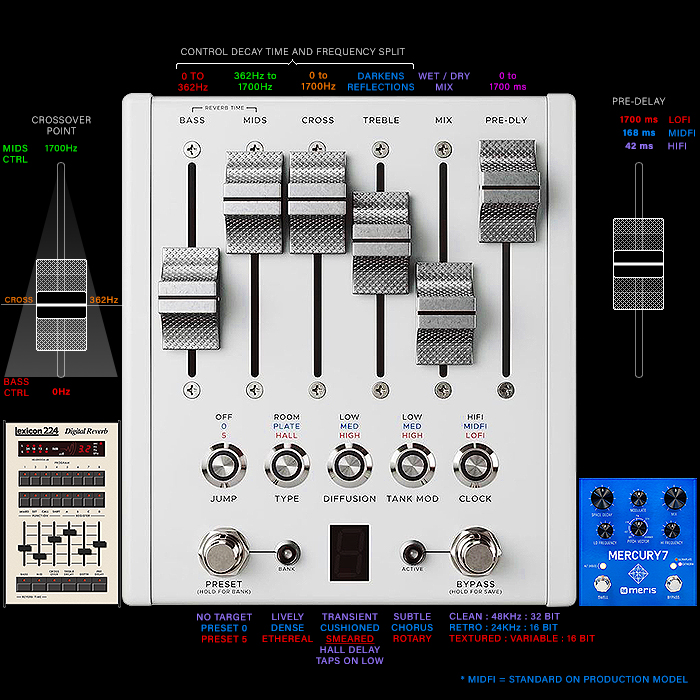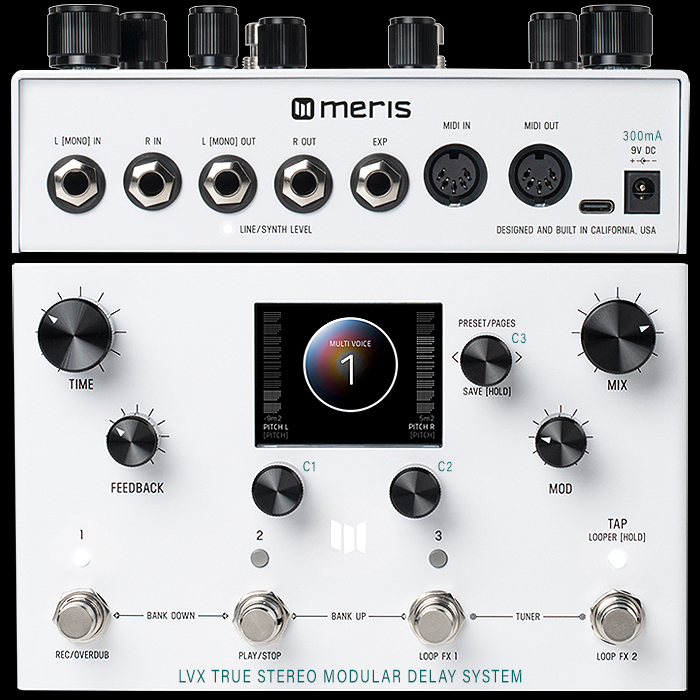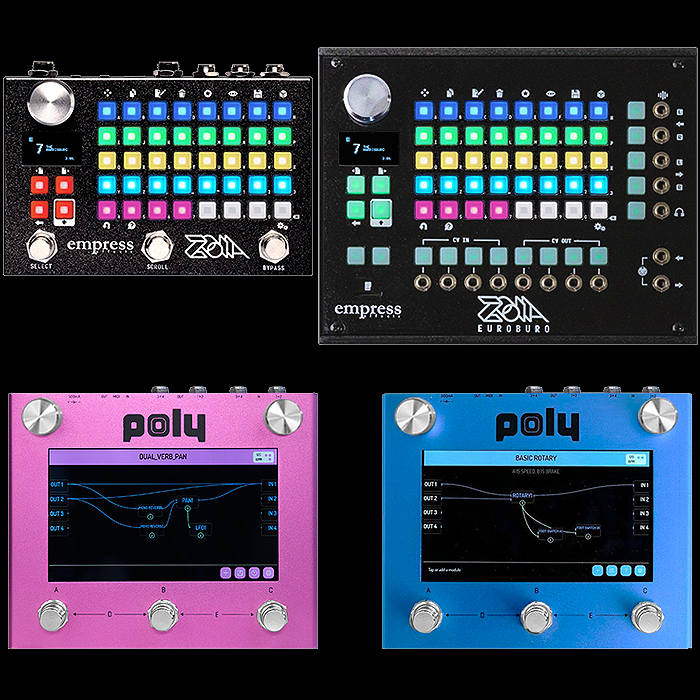Meris super-sizes its Enzo Polyphonic Synth - now the Enzo X with additional features and algorithms from the LVX and Mercury X Pedals onboard
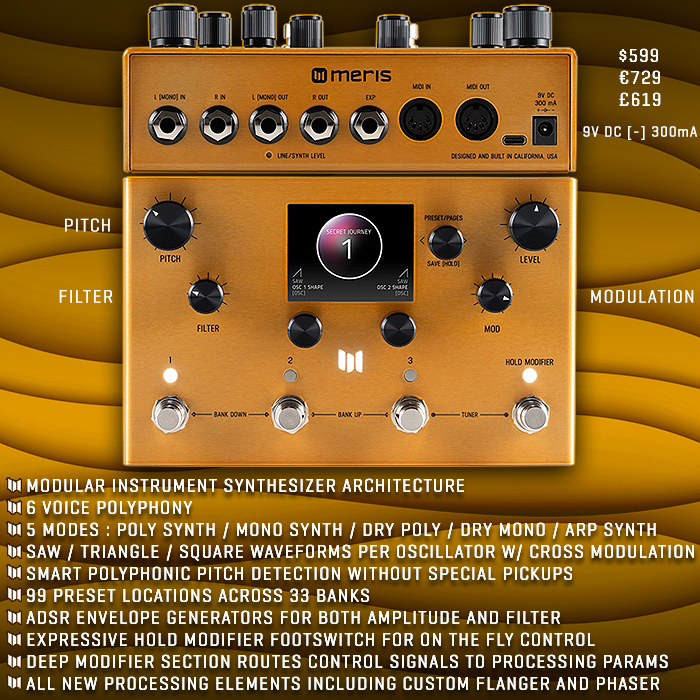
We’ve known about this one’s arrival for a while, and in truth it was a pretty obvious move for Meris. Its smaller pedals with all those Secondary functions can be difficult to navigate - where the larger enclosure interface makes it easier to get to all the different parameters, modifiers, features and functions.
This new Enzo X vastly expands the range of the original - and borrows various features and versions of algorithms from its LVX and Mercury X siblings.
I own the LVX, and at one stage was close to getting the Mercury X, but gravitated instead towards the Strymon BigSky MX which I decided is much more my kind of speed / level! These large format Meris pedals are very much Modular / Component Sound Design Engines with quite a significant degree of complexity and learning curve. You need to adopt the right mindset to make the most of these, where I’ve found - that similar to the Empress Zoia, that these formats of building-blocks pedals aren’t really my thing. Despite the marketing spin of the ’Fractal Menu’ system - it’s still very much a tiered rather than tangential structure - where you are navigating independent branches and levels of hierarchy - so it’s rather like a cloaked deep-dive menu system with an added cyclical feel to it!
And while there are limits to this kind of synthesis it really is a matter of stacking different waveform oscillators filter and secondary modulation adjustments - and a whole raft of complementary ambient and modulation effects evolved from the LVX and Mercury X.
In terms of where this sits - it’s somewhere between and adjacent to the Boss GM-800 and SY-1000 - not quite as feature rich as the SY-1000 flagship, but more in that sort of style of effect vs the GM-800 - which is mostly built around Boss / Rolands’s specialist pickup GK synthesizer technology.
Meris calls this a Modular Instrument Synthesizer - which very much underline its Modular and Sound Design nature. It has extensive modulation abilities including brand new custom Flanger and Phaser modes. It also has a Delays from the LVX, and some Reverbs from the Mercury X. This carries on the cross pollination which started with the Mercury X evolving and adapting some of the algorithms and sounds from the LVX. And this Enzo X is the most cross-pollinated effect of all three of those.
In terms of a topline summary - we have 6 Voice Polyphony across 5 synthesizer modes - Poly Synth, Mono Synth, Dry Poly, Dry Mono, and Arp Synh. Where you set the SAW, TRIANGLE, or SQUARE Waveform agains each oscillator with further settings for various modifiers, pitch, filtering, and cross-modulation.
It’s a fully large enclosure workstation format - so you need to decide how much pedalboard real-estate you wish to commit to, and what complexity of effect best suits your mindset and preferences. I like synthesised voicings, but probably would not want to dedicate so much real estate to the task, where the Boss SY-1, SY-200, Keeley Synth-1, and the EXH ’9’ Series Synth pedals are far more my speed.
There’s also the matter of the nature of effects units - as to whether they’re more suited to a tabletop environment or can function fully as floor-based stomp boxes. I’ve found that these workstations are only really suited to a tabletop environment. The screen is really quite small - with tiny writing - and it’s for those purposes I introduced a microphone ’shelf’ into my rig - so I could better keep tabs on the LVX screen. The nature of how the controls and overall interface work - means that this device is really only fully viable within a tabletop setup - at least that has been my experience with the LVX.
If you adopt the right mindset you can do wonderful things with these pedals, while your more typically traditional guitar player is going to struggle with these. I’m somewhere in between really - while you really need quite a lot of time to get into these pedals, and mostly I just don’t have them time to build up a massive degree of competency on these sorts of pedals. I’m not a modular synth player or sounds designer - so I think more in the way of fine-tuning modes and parameters, versus creating my own effects from sonic building blocks - which is the nature of these Meris devices.
Many will find these amazingly capable and versatile - even intuitive devices - while for others it will be all too much, too diverse and too complex.
It all really comes down to your own sensibilities and preferences. I feel to some degree that most would need to attend hands-on tutorials to fully get to grip with these devices. If you’re self-taught - there always tend to be areas you overlook!
Pricing here is per expectations really - @ $599 / €729 / £619, this compares to the Boss ones - SY-1 @ $179, SY-200 @ $299, VG-800 @ $649, GM-800 @ $759, and SY-1000 at $1,199. So the $599 Meris Enzo X is pretty good value @ $599, the original smaller Enzo is at just $299 - so a straight up choice between that and the SY-200 - which has onboard presets, a smart screen display and other advantages.
I would rather have the Enzo X than the original Enzo - while in terms of form factor and various operational parameters - I will probably just stick to my SY-200 for the time being.
You can read up more on the Meris Enzo X on the Meris Website, and including he excellent Manual.
Controls & Elements
Enzo X Controls - Pitch, Filter, Controller C1, Controller C2, Controller C3 / Preset/Pages - Save [Hold], Level, Mod, FSW 1, FSW 2, FSW 1+2 = Bank Down, FSW 3, FSW 2+3 = Bank Up, FSW 4 / Hold Modifier, FSW 3+4 = Tuner.
Ports - L Mono In, R In, L Mono Out, R Out, Line/Synth Level, EXP, MIDI In, MIDI Out, USB-C, 9V DC [-] 300mA.
Filters and Envelopes
- Filter Cutoff Frequency
- Filter Topology - Lowpass / Bandpass / Highpass
- Resonance / Bandwidth - Narrow band of frequencies around the Cutoff Frequency
- Filter Envelope Amount - Positive / Negative
- Noise - White Noise Generator
- Filter Types - Ladder, State-Variable, Twin
- Envelopes - Filter Envelope, Amplitude Envelope
- Envelope Params - Attack, Decay, Sustain Level, Sustain Time, Release
The 4 Elements Categories
- DRIVE - Tube, Transistor, Op-AMp, Bit Crusher
- AMBIENCE - Echo (from LVX), Small / Medium / Large Prism Reverb (from Mercury X)
- MODULATE - Chorus, Flanger, Vibrato, Phaser, Ring Mod
- MIX - 4-input / 2-output Mixer
Key Features

- Modular Instrument Synthesizer architecture pedal
- 5 Synthesizer Modes : Poly Synth, Mono Synth, Dry Poly, Dry Mono, Arp Synth
- Polyphonic Pitch Detection with no special pickup necessary
- Synthesizer playable via instrument input OR MIDI keyboard
- 6 Fully Polyphonic Voices available simultaneously
- ADSR Envelope Generators for both Amplitude and Filter
- Configurable Oscillator and Filter types
- SAW, TRIANGLE, and SQUARE Waveforms selectable per Oscillator w/ Cross Modulation
- Intuitive, Award Winning Color Screen based User Interface adapted from LVX and MercuryX
- Expressive Hold Modifier Switch for on the fly control
- 99 Preset Locations in 33 Banks
- Favorite Preset Bank for instant access to your 3 favorite presets
- Instant Access Tuner with configurable Reference and Output mode
- Deep Modifier Section lets you route control signals to processing parameters
- All New Processing Elements including Meris custom Flanger and Phaser
- Digitally controlled Analog mix bus
- Stereo input and output with separate jacks for each
- Switchable input/output headroom level for Instrument or Synthesizer / Line levels
- MIDI In and Out over standard MIDI Din Jacks
- Assignable Expression Pedal control for multiple parameters simultaneously
- Dedicated Expression Pedal Jack
- MIDI implementation for Continuous Control Parameters
- MIDI Preset Send and Receive
- MIDI beat clock synchronization
- Advanced ARM Processor
- Premium analog signal path and 24-bit AD/DA w/32-bit floating-point DSP
- Premium Analog Devices JFET input section
- Dimmable screen and logo light
- Designed and built in California, U.S.A.
- Powered by standard 9 V power - 9 V DC, centre -, 2.1mm, ~ 280 mA current draw - not supplied)
- Conversion 24 bit A/D and D/A
- DSP 32 bit floating point
- Sample Rate 48000 Hz
- Frequency Response 20Hz-20kHz
- Bypass Selectable True Bypass (Relay) or Analog Buffered Bypass
- Dimensions : 184mm x 114mm x 51m / 7.25" x 4.5" x 2"
- Weight : 680gms / 24 ounces
- MAP / RRP : $599 / €729 / £619
Demos

